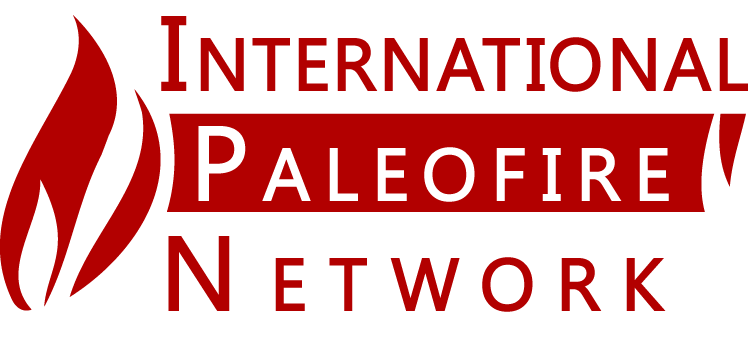Dear (future) authors and contributors of the Global Paleofire Database,
The International Paleofire Network (IPN) would like to thank you for sharing your paleofire records with the larger community. We are writing today to provide you with an update on some recent developments. The Global Paleofire Database (GPD), formerly known as Global Charcoal Database (GCD), has a long history, developing from an initiative of the PAGES Global Paleofire Working Groups 1 and 2 into a large, publically accessible repository. It represents a community effort that has facilitated several highly relevant syntheses studies. The GPD is currently hosted by the International Paleofire Network at the University of Bourgogne Franche-Comté, France, and is actively used every week.
With time, new demands on data repositories are emerging, guided by the F.A.I.R. principles of data publication, which represents a key asset for funding agencies and transparency of science in society. One way to guarantee that original author data are tracked over long time is to allocate a digital object identifier (DOI) and a robust linkage to original publications and author information. IPN supports these approaches and developments.
Another consideration is that paleofire (e.g. charcoal) data is frequently not the only data analysed from a sediment record. Often pollen data and other multi-proxies are likewise complied and thus it is important to be able to access those data as well.
It its current form, the GPD infrastructure is unable to support the aforementioned topics. Consequently, the IPN is in discussion with members responsible for the Neotoma Paleoecology Database about merging data. Neotoma provides a common database framework for paleoenvironmental data. It acts as a database for many constituent datasets, including pollen databases, and provides easy storage and contains a wide range of other paleoenvironmental data, accessible with easy-to-use searching and analysis algorithms.
The IPN is planning to recasting the GPD as a new constituent database of Neotoma.
This change would:
1. Provide every existing (and future) GPD record with a unique DOI and linkage to the original meta data (i.e. author information) and age-depth model. It will also allow records to be updated when additional data becomes available.
2. Allow a direct connection between paleofire records and other paleoenvironmental records (e.g. pollen data) and their age-depth models, thus connecting records derived from the same site and same core.
The GPD will still keep its identity, with every record tagged as belonging to the GPD and it will still be a paleofire community effort to maintain the quality of the GPD, with the proposed change resulting in shared technical maintenance with other paleocommunities via Neotoma. Moreover, paleofire data will still be accessible to stakeholders through the paleofire.org website.
This blog is to inform you about these proposed changes and inquire if you have any general concerns or concerns related to the transfer of your data.
The migration of data will be time-consuming, with crosschecking and validation of meta data, record consistency, and so forth. If you are interested in investing some time to help with this effort by, for example, checking your own data sets with a forthcoming template, or by checking data from other authors that are not able to assist themselves, please let us know and we will add your name to a GPD-to-Neotoma mailing list to provide updates. Those involved in larger-scale data synthesis studies could also contribute by checking the records that are being used in a synthesis. Note that Neotoma is an open community and you can also subscribe to their mailing lists to learn more about Neotoma itself.
Finally, to enhance the distribution of paleofire-related information, including job postings and information about workshops, IPN is now hosting an emailing list, with subscribe/unsubscribe options. Please subscribe here: https://listserv.gwdg.de/mailman/listinfo/paleofire to keep in touch and follow us on twitter @PaleofireWG
Best regards,
Elisabeth Dietze and Boris Vannière (for the Executive Committee and Scientific Council of the International Paleofire Network)

